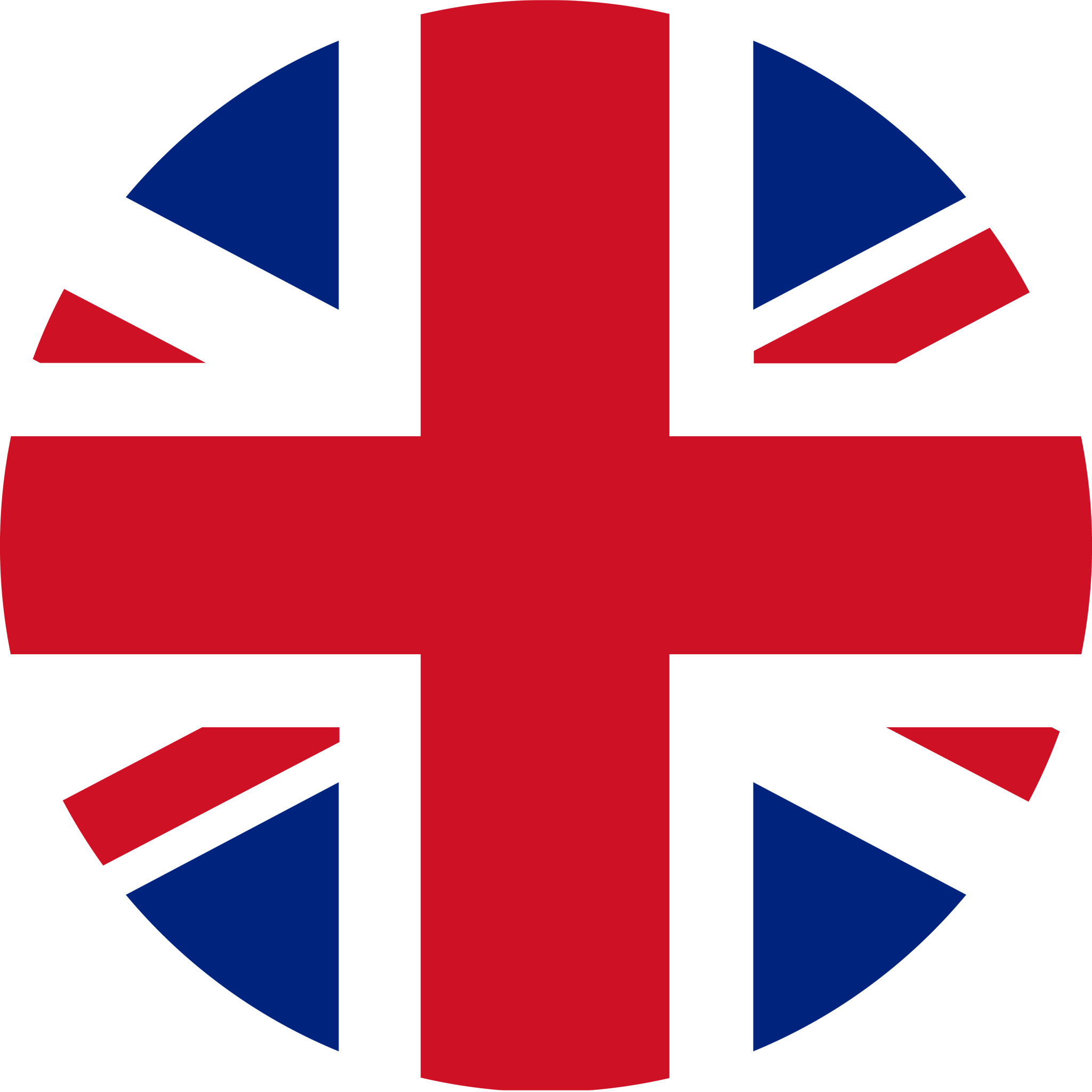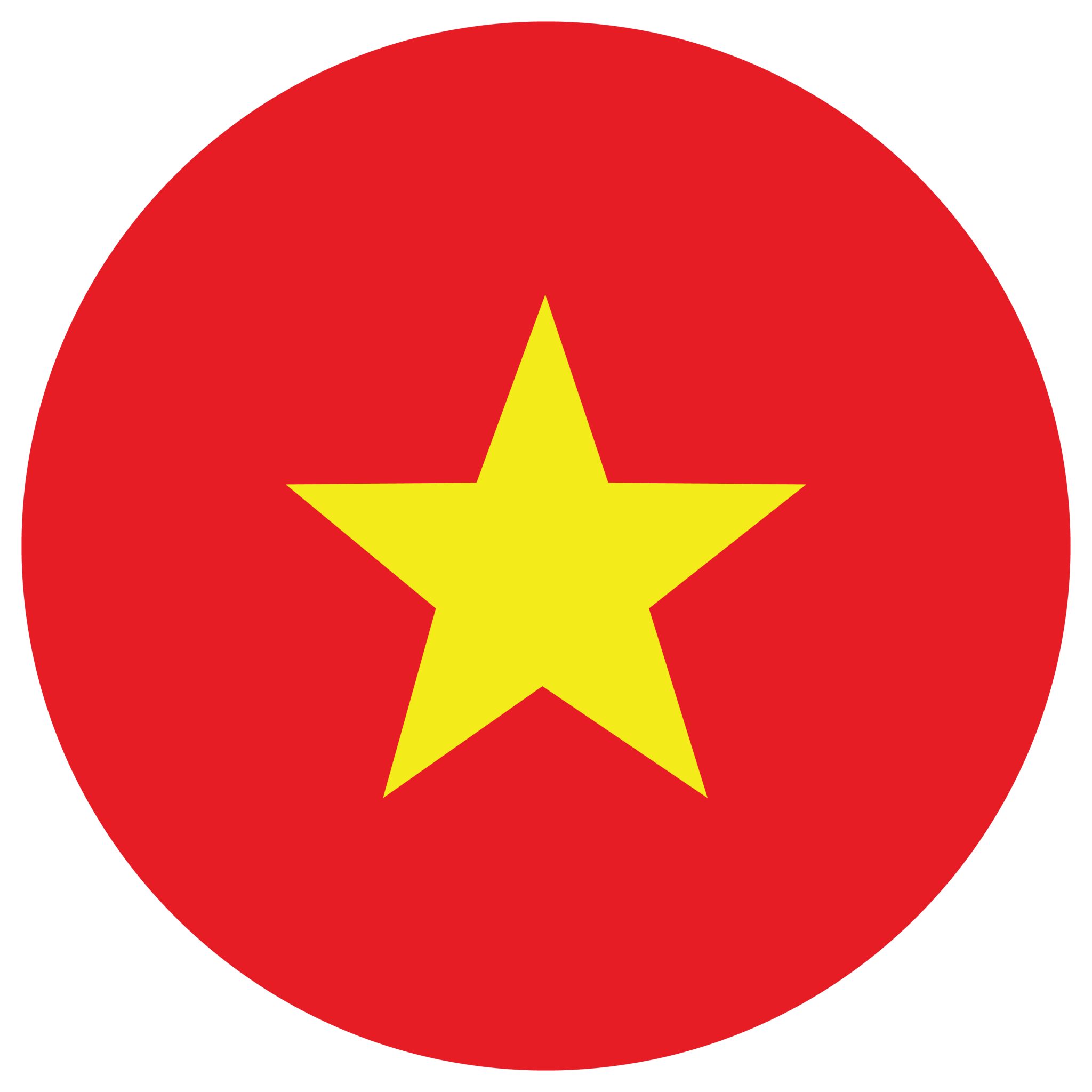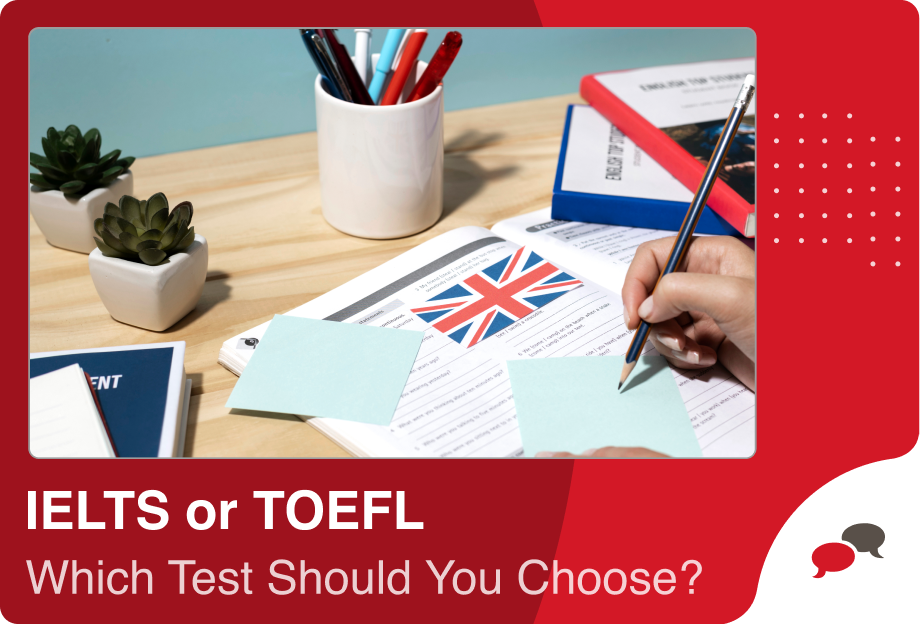Articles, which are small but powerful words, are used before nouns in English to indicate whether we are talking about something specific or general. There are three articles: a, an, and the. These words help us understand whether the noun refers to any one of its kind like “a cat” or “an apple” or to a particular one already known like “the cat on the roof”. Articles are vital for achieving clear and natural English communication, particularly for young learners who are starting to build sentences. In this blog post, we’ll examine how articles function, the distinction between definite and indefinite articles, and the appropriate usage for each. We’ll provide simple tips to help remember the rules and a fun quiz to test your knowledge throughout the course.
Learn English with EnglishCentral Kids
Would you like to take your child’s learning journey further? EnglishCentral Kids provides a fun and successful education with 25 minute one-on-one lessons for all ages and levels, along with lesson reports afterwards. There are fun and educational video lessons for your child to explore, and an AI tutor MiMi that will help your child with their English learning journey. Quizzes, interactive activities and entertaining vocabulary learning tools are gathered all on one platform and tailored according to your child’s level and needs.
Sign up to EnglishCentral Kids today for your child, keep learning and practicing!
How to Use A
Use “a” before a word that starts with a consonant sound. This indicates that we’re talking about a general topic rather than a specific one.
Examples:
-I saw a dog in the park.
-She has a pencil in her bag.
-He wants to read a book.
Even if a word begins with a vowel letter, use “a” if the sound is like a consonant.
Examples:
-She was accepted into a university in London to study architecture.
(We use “a” because “university” starts with a “yoo” sound, which is a consonant sound.)
-He spoke with a European tourist who was visiting from Spain.
(We use “a” because “European” begins with a “yoo” sound, not a vowel sound.)
-This is a one-time offer, so don’t miss your chance to save 50%.
(We use “a” because “one” starts with a “wuh” sound, which is a consonant sound.)
How the Use An
Use “an” before a word that starts with a vowel sound (a, e, i, o, u). It also refers to one general thing, just like “a”, but it fits better with vowel sounds.
Examples:
-I ate an apple for lunch.
-She saw an elephant at the zoo.
-He is an interesting person.
If a consonant letter such as ‘h’ is at the beginning of a word and followed by a vowel sound, use ‘an’.
Examples:
-She waited for an hour before the doctor arrived.
(We use “an” because “hour” starts with an “our” sound, which is a vowel sound.)
-Receiving the award was an honor he would never forget.
(We use “an” because “honor” begins with an “onor” sound, which is a vowel sound.)
-He became an heir to the family business after his father retired.
(We use “an” because “heir” starts with an “air” sound, which is a vowel sound.)
How to Use The
“The” is a definite article. When we are discussing a specific person, place, or thing, it is used to refer to something that we are already familiar with or have previously mentioned.
Examples:
-I met the teacher who helped me last year.
-I saw the dog you told me about.
-She found the pencil under the desk.
When things are unique (like the moon and the sky) or when it’s apparent which one we’re discussing, we use the term ‘the’.
Examples:
-The sun sets in the west.
(We use “the” because “the sun” is one of a kind — there is only one sun in our solar system.)
-She looked up at the sky full of stars.
(We use “the” because “the sky” is unique and known to everyone.)
–The internet has changed the way we communicate.
(We use “the” because “the internet” refers to a specific, unique thing that everyone knows.)
Tips About Articles in English
Understanding the Difference Between Definite and Indefinite Articles
Indicating the specificity or generality of a noun is made easier by articles. To introduce something that is unknown to the listener or has not been mentioned before, the indefinite articles ‘a’ and ‘an’ are used. “A” precedes words that begin with a consonant sound , while “an” precedes words beginning with a vowel sound. In contrast, the definite article “the” indicates something that is specific or already recognizable to both the speaker and the listener. As an example, “the car” is referring to a particular car, possibly one that has been previously mentioned or can be understood through context.
No Article With Plural or Uncountable Nouns When General
Articles are usually left out when speaking in general terms, especially about uncountable or plural nouns. For instance, “Books inspire creativity.” is a general truth that applies to all books. In general usage, uncountable nouns such as water or music do not need articles. However, when the noun is made specific through modifiers or context, you must use ‘the’. For example, “The books on the shelf are dusty” or “The music in the movie was emotional”. The choice to use or omit an article is based on this change from general to specific.
Use of Articles With Proper Nouns
In general, proper nouns do not require an article because they refer to specific individuals by name. Using The John or The Paris would be inappropriate since these names are already specific. However, some place names and geographical features use “the” by convention, especially when they refer to collections or descriptive titles. Examples include the United States, the Himalayas, or the Pacific Ocean. This rule also applies to institutions or entities made up of multiple parts, hence the United Nations or the European Union.
Omitting Articles with Certain Expressions
In English, there are many instances where articles are not used, typically when discussing abstract concepts, general categories, or specific idiomatic phrases. For example, we say “She studies law.”, not the law, when referring to the subject generally. Similarly, languages (He speaks Spanish), meals (We had lunch), and professions (She’s a nurse) follow fixed patterns. Inserting an article in these situations could sound unnatural or alter the meaning (for instance, I love the nature is incorrect if it’s referring to a specific type or instance of nature).
Practice Common Phrases
It is necessary for learners to memorize certain time and place expressions that have a predictable article usage. For instance, we say in the morning or at the airport, not in morning or at airport. The correct usage of these combinations is often difficult to determine from rules due to their idiomatic conventions. Exposure and repetition are essential for learning standard phrases like ‘on the weekend’ or ‘at the cinema’ as fixed patterns.
Use of Articles in Specific Contexts
Articles frequently interact with grammatical structures. To indicate a unique or highest degree, superlatives (such as the tallest building and the most beautiful painting) require the use of ‘the’. It can also be used to refer to family names in plural form (such as The Smiths), meaning all members of the family.When introducing something for the first time, a/an is commonly used: I saw a bird. After being introduced, we usually switch to ‘the’ in subsequent references: The bird disappeared.
Read and Listen to Native Content
Immersion is the most effective way to acquire a natural understanding of how to use articles. Reading and listening to native speakers, including books, podcasts, and films, will help you recognize patterns that go beyond grammar rules. Notice how articles function in real contexts: when they are emphasized, when they are dropped, and how they convey meaning.
Practice with Exercises
Active practice is crucial, not just rules. By engaging in targeted exercises, such as filling-in-the-blank drills or sentence correction tasks, it is possible to reinforce understanding and develop intuitive article usage. Article-focused practice can be found in online resources, language apps, and grammar workbooks. Repetition, especially when combined with feedback, results in lasting accuracy and confidence.
Articles a, an, the Examples
1) I saw ___ elephant at the zoo.
a) a
b) an
c) the
2) She wants to buy ___ umbrella.
a) the
b) a
c) an
3) She has ___ dog named Eva.
a) an
b) the
c) a
4)We visited ___ Eiffel Tower last summer.
a) the
b) a
c) an
5) I need ___ orange for the recipe.
a) a
b) an
c) the
6) I picked ___ apple from the tree.
a) a
b) the
c) an
7) She saw ___ unicorn in the book.
a) a
b) an
c) the
8) We went to ___ zoo yesterday.
a) the
b) a
c) an
9) ___ moon looks bright tonight.
a) A
b) An
c) The
10) She has ___ idea for the school project.
a) an
b) a
c) the
11) She met ___ honest person today.
a) a
b) an
c) the
12) We visited ___ university in London.
a) an
b) a
c) the
13) Look at ___ moon! It’s so bright tonight.
a) a
b) an
c) the
14) I saw ___ rainbow after the rain.
a) a
b) an
c) the
15) That’s ___ unique toy robot!
a) a
b) an
c) the
Answers: 1-b, 2-c, 3-c, 4-a, 5-b, 6-c, 7-a, 8-a, 9-c, 10-a, 11-b, 12-b, 13-c, 14-a, 15-a
Frequently Asked Questions About English for Kids- Articles (a/an/the)
What are the English articles?
The use of articles in English is to indicate whether a noun is specific or general. There are three forms of the article: ‘a’, ‘an’, and ‘the’.
When should I not use any article (zero article)?
In general, articles are not used with plural nouns or uncountable nouns. For example, “I like dogs” or “Water is essential.” We also don’t use articles with proper nouns, such as the names of countries or cities.
Can I use “the” with proper nouns?
Yes, “the” is used with some proper nouns, especially when referring to unique or famous entities, like “the USA”, “the Nile”, or “the Eiffel Tower”.
What’s the difference between “a/an” and “the”?
The use of ‘A’ and ‘an’ indicates something that is not specific or is mentioned for the first time, as is the case with ‘I saw a cat.’ The word ‘the’ is used to describe something that is specific or already familiar to the speaker and listener, like ‘I have seen the cat you mentioned’.
You can access everything your child needs to learn English on a single platform! With 25-minute live lessons guided by teachers specialized in child education, entertaining and instructive interactive videos designed for child development, vocabulary learning tools, the AI Tutor MiMi, quizzes, and interactive activities, EnglishCentral Kids offers a personalized and quality education plan tailored to your child’s needs at affordable prices. How about registering for EnglishCentral Kids now and starting your child’s English learning journey?











